Alternative Tobacco Products: A Comprehensive Guide for Corporate Buyers
As global demand shifts toward cleaner, more convenient nicotine delivery systems, alternative tobacco products have emerged as a fast-growing sector within the nicotine industry. From nicotine pouches and e-liquids to patches and herbal substitutes, these offerings cater to a broad consumer base seeking non-combustible and often tobacco-free options.
For corporate buyers—whether sourcing for retail distribution, white-label branding, or OEM development—understanding the landscape and navigating the bulk procurement process is essential. This operational guide provides the insights and practical steps needed to source alternative tobacco products efficiently and strategically.
Understanding Alternative Tobacco Products
Alternative tobacco products are designed to replace or supplement traditional tobacco use. These innovations are typically marketed as cleaner or more discreet nicotine delivery options and can serve both smokers looking to switch and new consumers seeking smoke-free formats.
Key product categories include:
-
Nicotine Pouches – Smokeless, spit-free sachets placed under the lip for rapid nicotine absorption.
-
E-Liquids (Liquid Nicotine) – Used in refillable and disposable vape devices.
-
Nicotine Patches – Transdermal patches that release nicotine steadily through the skin.
-
Herbal or Tobacco-Free Options – Combustible or non-combustible products mimicking tobacco effects without tobacco content.
For businesses, selecting the right category depends on consumer demographics, regulatory landscapes, and brand positioning.
How to Purchase Alternative Tobacco Products in Bulk
Successfully procuring alternative nicotine products at scale requires careful market evaluation and supplier management. Consider the following best practices:
1. Define Market Demand
Consumer preferences vary significantly by region. For example:
-
Europe has seen rapid growth in nicotine pouch adoption.
-
The U.S. remains a leading market for e-liquids and vape hardware.
-
Asia-Pacific regions have shown increasing interest in tobacco-free formats.
Understanding these regional nuances—along with applicable regulations—is foundational to choosing the right products.
2. Select Verified Suppliers
A reliable supplier ensures product safety, consistency, and compliance. Choose partners with:
-
Third-party certifications
-
Regulatory approval for international distribution
-
Proven OEM/white-label capabilities
Platforms like Snuff Factory offer direct access to high-quality manufacturers, including tailored bulk supply options.
3. Sample Before You Scale
Before committing to large orders, request samples to verify:
-
Product quality and freshness
-
Sensory experience and usability
-
Packaging durability and appeal
This step helps align product specifications with your brand promise and consumer expectations. Reach out via Snuff Factory’s contact form to initiate sampling.
4. Confirm Pricing Structure and Logistics
Bulk pricing involves multiple cost factors:
-
Machinery & Equipment – Custom pouch fillers, vape filling lines, or patch applicators
-
Raw Materials – Nicotine quality, pouch membrane materials, transdermal adhesives
-
Production & Packaging – Standard vs. premium packaging, multilayer barrier films
-
Freight & Customs – Shipping rates, duties, and regional taxes
Negotiate clear terms for unit pricing, lead times, and delivery windows to ensure a seamless procurement cycle.
Procurement Channels and Regional Insights
Each sourcing destination offers unique advantages and considerations. Here’s what to expect:
China
A global leader in OEM nicotine manufacturing, China offers cost-effective bulk solutions and high production volumes. However, buyers must navigate export regulations, language barriers, and ensure third-party quality audits for compliance.
United States
With stringent FDA oversight, U.S.-based suppliers often offer fully compliant products, particularly in the vaping and patch segments. While costs may be higher, buyers benefit from shorter shipping timelines and regulatory assurance.
Europe
European producers lead in sustainable nicotine pouch innovation. Countries like Sweden and Germany enforce strict standards, making them ideal for buyers targeting premium, eco-conscious markets.
Cost Breakdown: Where Your Budget Goes
Understanding cost composition allows for smarter negotiations and long-term budgeting.
A. Equipment Investments
OEM clients may need specialized machinery for pouch packing, nicotine blending, or patch fabrication. These are often one-time investments but essential for production scalability.
B. Raw Material Inputs
Ingredient quality directly affects consumer experience and regulatory acceptance. Choose suppliers who disclose:
-
Nicotine purity (USP/EP grade)
-
Organic vs. synthetic additives
-
Pouch fiber sourcing (e.g., plant-based, biodegradable)
C. Processing and Packaging
Costs here vary with customization levels. For example, premium packaging with child-resistant features or tamper-proof seals increases costs but may be necessary for retail compliance.
D. Shipping and Import Duties
International shipping adds significant cost variables. Request CIF (Cost, Insurance, and Freight) or DDP (Delivered Duty Paid) quotes to clarify landed costs upfront.
White Label vs. OEM: Which Model Fits Your Business?
Both production models offer advantages depending on your market strategy.
White Label Products
-
Pre-formulated, ready-to-brand items
-
Faster time-to-market
-
Lower upfront investment
-
Ideal for retail distributors or market testing
Great for launching nicotine pouches, patches, or e-liquids under your own label without deep R&D.
OEM Products
-
Fully customized formulations and product design
-
Exclusive flavor blends, device specifications, or packaging designs
-
Higher cost but increased brand differentiation
Ideal for established brands looking to innovate or penetrate niche markets with unique offerings.
Tip: If you’re just entering the market, consider starting with white label. Scale to OEM once you have defined your brand identity and consumer base.
Step-by-Step: How to Place a Bulk Order or Request Samples
Step 1: Make Contact
Initiate communication with your preferred supplier to express interest. Use Snuff Factory’s inquiry form to specify the products, formats, or services you’re seeking.
Step 2: Product Sampling
Discuss sample availability and delivery timelines. Most suppliers accommodate this to build trust and verify product suitability.
Step 3: Finalize Terms
Negotiate MOQ (Minimum Order Quantity), pricing tiers, shipping arrangements, and production timelines. Ensure legal clarity with contracts or supplier agreements.
Step 4: Confirm and Pay
Place your order with clearly defined invoice terms. Maintain transparent records of payment, shipping documents, and order specifications.
Step 5: Foster Long-Term Partnerships
Ongoing collaboration with your supplier allows you to forecast demand, co-develop new products, and refine future procurement strategies.
Final Thoughts
Alternative tobacco products are not just a consumer trend—they represent the future of nicotine consumption. Whether you’re entering the market with white-labeled nicotine pouches or aiming to create a proprietary patch product through OEM development, the key to success lies in strategic sourcing and reliable partnerships.
With platforms like Snuff Factory, corporate buyers gain access to trusted suppliers, flexible production models, and scalable logistics—all under one roof.
Start sourcing smarter. Your next-generation nicotine product line awaits.

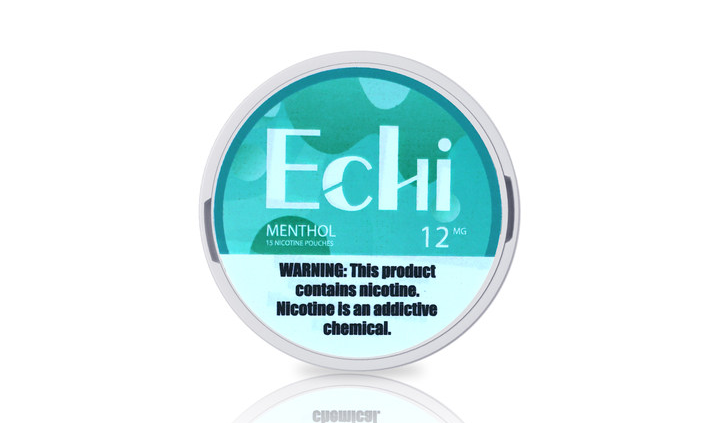
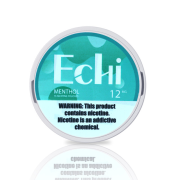

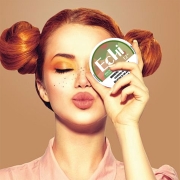

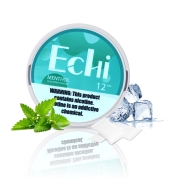
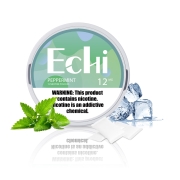


Leave a Reply
Want to join the discussion?Feel free to contribute!